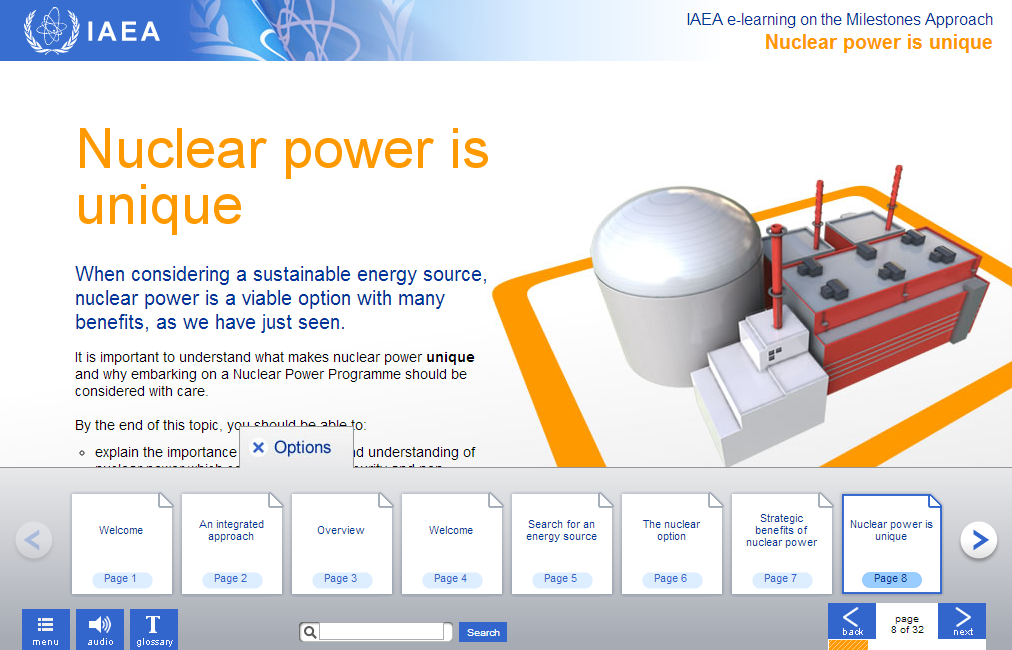Read this article upon waking up today, and I'm not so sure
our industry needs a reboot. As
instructional designers at heart, we work closely with our clients to educate
them on the potential uses for their content in an online environment. I've had that conversation dozens of times,
where using the sleight of hand techniques we learned back from Performance
Consulting we shift the conversation away from all of the facts our client
wants his/ her learners to "learn" (more like "memorize" or
"keep in mind" while performing) to the outcomes of desired
performance. You know the one. It typically starts out with, "we have
these PowerPoint files". The
author, Carol Leaman, does recognize this when she states-
"...especially businesses implementing eLearning all need to ask, not “what are we doing?” or even “why we're doing this?” but “how are we doing it?”
However, just two sentences below she falls into an all too familiar trap of asking "How do you deliver specifically what an employee needs to know..." -completely the wrong question. Many of us in the field continue to hammer the point that what an employee needs to know should be the last thing you ask. First and foremost, we should be asking-
1. What is the business goal?
2. What behaviors must learners perform to help us meet our business goal?
3. Why aren't learners performing this way?
4. What learning activities can we design that fall within the client's budget that will allow learners to practice these behaviors in an online environment, and receive feedback on their performance?
5. And lastly, the author's question- How do you deliver specifically what an employee needs to know?
In summary, I know I'm not alone in having these conversations with our prospective clients. I speak to other designers on a daily basis, many outside of our sphere of influence, and some in other countries as well. I had one know-it-all former attorney tell me that "lawyers learn via bullet points". The challenge I see is not to completely reboot our industry because of prospects or clients that are relics from a previous era, but to boot prospects who insist on merely putting content online.
Reminds me of the old proverb- you can lead a horse to water, but you can't make it drink. I say boot these poor prospects, and work with those that will allow you to make a lasting difference and add value to their efforts. Just like dating, you should have standards and choose clients wisely.
"The only way to do great work is to love what you do. If you haven't found it yet, keep looking. Don't settle. As with all matters of the heart, You'll know when you find it."
-Steve Jobs
Alex is a co-founder and Managing Member of Collabor8 Learning, LLC, an instructional design and performance management consultancy. His firm collaborates with organizations to enhance the way they develop and train their people. To learn more about Collabor8 Learning, click here.
Alex can be reached at 786-512-1069, alex@collabor8learning.com or via Twitter@collabor8alex.







